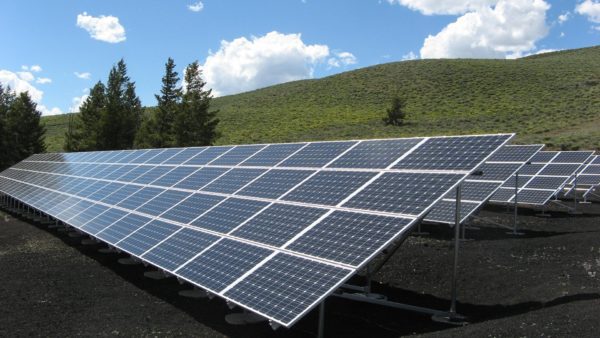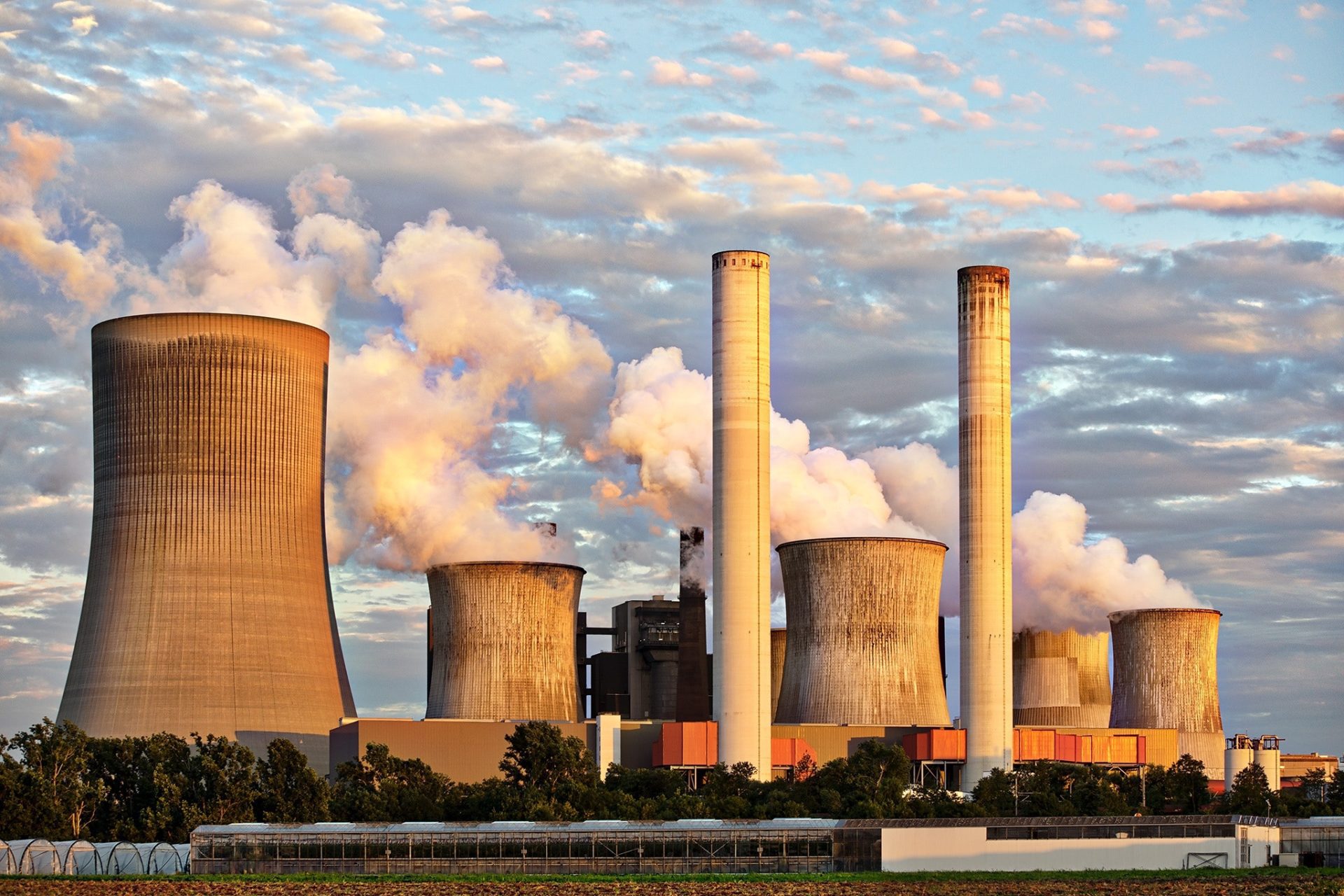In this blog post, we will discuss 10 of the biggest environmental problems our world is currently facing and what we can do about them.
Environmental Problems Our World Is Facing
As human beings, we have a responsibility to take care of our planet. Unfortunately, it seems like we are not doing a very good job of that. Every day, we are faced with environmental problems that threaten the future of our planet. Pollution, soil degradation, global warming, overpopulation, natural resource depletion, waste generation, deforestation, climate change, ocean acidification, and ozone layer depletion are just some of the issues we are dealing with.
But it’s not all doom and gloom! There are things we can do to help solve these problems. In this blog post, we will discuss ten of the biggest environmental problems our world is currently facing and what we can do about them.
Pollution
Pollution is one of the biggest environmental problems our world is facing today. There are many types of pollution, including air pollution, water pollution, and noise pollution. Pollution can cause several health problems, including respiratory illnesses, heart disease, cancer, and birth defects. It can also lead to environmental problems, such as acid rain, global warming, and the depletion of the ozone layer.
So what can we do about it? One way to reduce pollution is to use less energy. You can do this by using energy-efficient appliances, insulating your home, carpooling or taking public transportation. Another way to reduce pollution is to recycle. Recycling helps to reduce the amount of waste that is sent to landfills and incinerators. It also conserves energy and natural resources.
Soil Degradation
Soil degradation is another environmental problem our world is facing. Soil degradation is the process by which the quality of the soil decreases. This can be caused by a number of factors, including erosion, chemical pollution, and compaction. Soil degradation can lead to a number of problems, including loss of fertility, decreased productivity, and environmental degradation.
So what can we do about it? One way to reduce soil degradation is to use less chemicals on your lawn and garden. You can also help by planting trees and shrubs. Trees and shrubs help to prevent erosion and provide shade that helps to protect the soil from the sun. Another way to reduce soil degradation is to compost your food scraps and yard waste. Composting helps to improve the quality of the soil and reduces the amount of garbage that goes to landfill sites.
Global Warming
Global warming is one of the most serious environmental problems our world is facing today. Global warming is the process by which the Earth’s atmosphere is warming. This is caused by the release of greenhouse gasses, such as carbon dioxide and methane. Global warming can lead to a number of environmental problems, including rising sea levels, more extreme weather events, and species extinctions.
So what can we do about it? One way to reduce global warming is to stop deforestation. Trees absorb carbon dioxide, so by cutting them down, we are releasing more of this gas into the atmosphere and exacerbating climate change. Another way to help reduce global warming is to stop using fossil fuels and switch to renewable energy sources like solar or wind power. This would also help reduce air pollution.
We can also help reduce environmental problems by reducing our consumption and waste generation. One way to do this is to buy less stuff, especially things that come in packaging that will just end up in landfills. We can also try to reuse or recycle as much as possible. And when we do need to dispose of waste, we should make sure it goes into the right bin so it can be properly dealt with.
Overpopulation
Overpopulation is another environmental problem our world is facing today. Overpopulation occurs when there are too many people for the resources available. This can lead to several problems, including environmental degradation, loss of biodiversity, and poverty.
So what can we do about it? One way to reduce overpopulation is to increase access to family planning and reproductive health services. This can help people make informed choices about when and how many children to have. Additionally, we need to continue to invest in education, especially for girls and women. educating women about their rights, including their right to choose when and how many children they have, is essential for reducing overpopulation and its negative effects.
Natural Resource Depletion
Natural resource depletion is another environmental problem our world is facing. Natural resources are being depleted at an alarming rate due to human activity. This includes things like water, forests, and minerals. Natural resource depletion can lead to a number of problems, including environmental degradation and poverty.
So what can we do about it? One way to reduce natural resource depletion is to reduce our consumption. This means using less water, energy, and materials. We can also recycle and reuse more instead of just throwing things away. Additionally, we need to be more efficient in how we use natural resources. For example, we can use drought-resistant plants in our gardens and install low-flow toilets in our homes.
Another way to reduce resource depletion is to invest in products that are made from sustainable and renewable resources like bamboo, recycled glass, and recycled plastic.

Waste Generation
Waste generation is another environmental problem our world is facing. Every day, we produce a lot of waste from things like packaging, food scraps, and clothes. This waste often ends up in landfill sites where it can release greenhouse gasses and pollute the environment.
So what can we do about it? One way to reduce waste generation is to reduce our consumption. This means buying less stuff and choosing products that have less packaging. We can also reuse or recycle more instead of just throwing things away. Additionally, we need to make sure that the waste we do produce goes into the right bin so it can be properly dealt with.
Deforestation
Deforestation is another environmental problem our world is facing. Deforestation occurs when trees are cut down and the land is cleared for other uses, such as agriculture or urban development. This can lead to a number of problems, including loss of habitat for animals, soil erosion, and climate change.
So what can we do about it? One way to reduce deforestation is to plant more trees. This helps to offset the loss of trees that are being cut down. Additionally, we need to be more efficient in how we use the land. For example, we can use less paper and wood products. And when we do need to clear land for development, we can make sure it is done in a way that minimizes impact on the environment.
Climate Change
Climate change is another environmental problem our world is facing. Climate change refers to a broad array of environmental degradation that is predicted to result from increasing levels of atmospheric CO₂, including global warming, alterations in precipitation, sea-level changes, and more extreme weather events.
So what can we do about it? One way to reduce climate change is to reduce our emissions of greenhouse gasses. This means using fewer fossil fuels, such as oil, gas, and coal. We can also use more renewable energy, such as solar, wind, and hydropower. Additionally, we need to plant more trees and protect existing forests. This helps to absorb carbon dioxide from the atmosphere.
Ozone Layer Depletion
Ozone layer depletion is another environmental problem our world is facing. The ozone layer is a layer of gas that helps to protect the earth from the sun’s ultraviolet radiation. However, this layer is being depleted due to human activity, such as the use of certain chemicals in aerosols and industrial processes. This can lead to several problems, including skin cancer and other health problems.
So what can we do about it? One way to reduce ozone layer depletion is to reduce our use of chemicals that contribute to it. This means using fewer products that contain chlorofluorocarbons (CFCs) and hydrochlorofluorocarbons (HCFCs). Additionally, we can recycle and reuse more instead of just throwing things away. And finally, we need to be more aware of the products we use and make sure they are safe for the environment.
As you can see, there are many environmental problems our world is facing. But there are also many things we can do to reduce the impact these problems have on the environment. By reducing our consumption, recycling and reusing more, and using less harmful products, we can make a difference. So let’s all do our part to protect our planet!
What other environmental problems do you think our world is facing? What can we do about them? Share your thoughts in the comments below!
